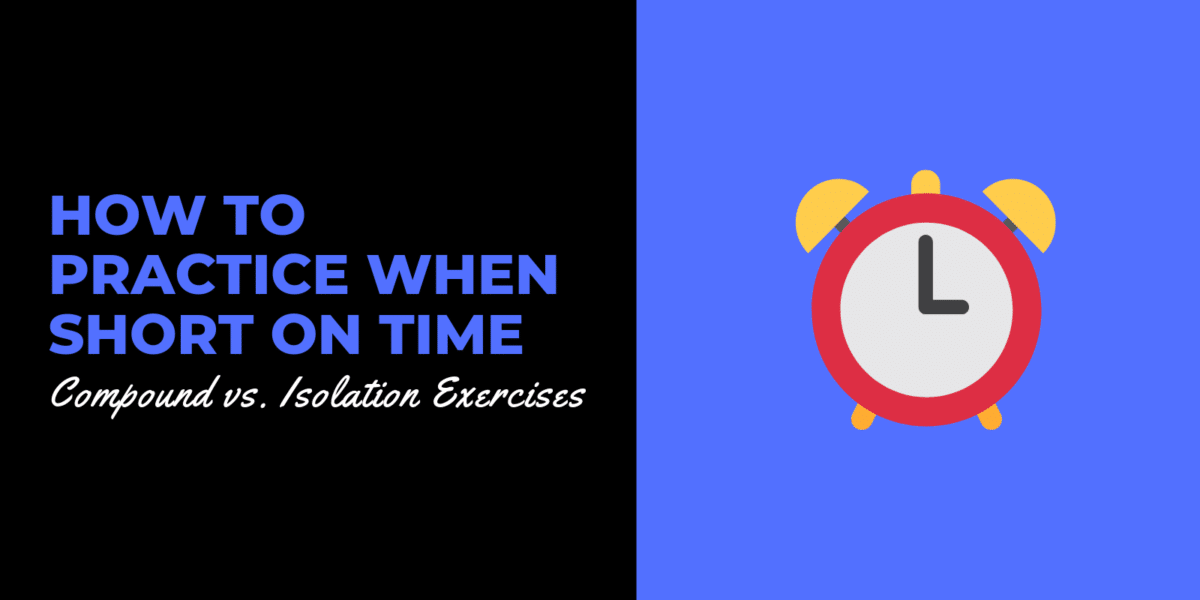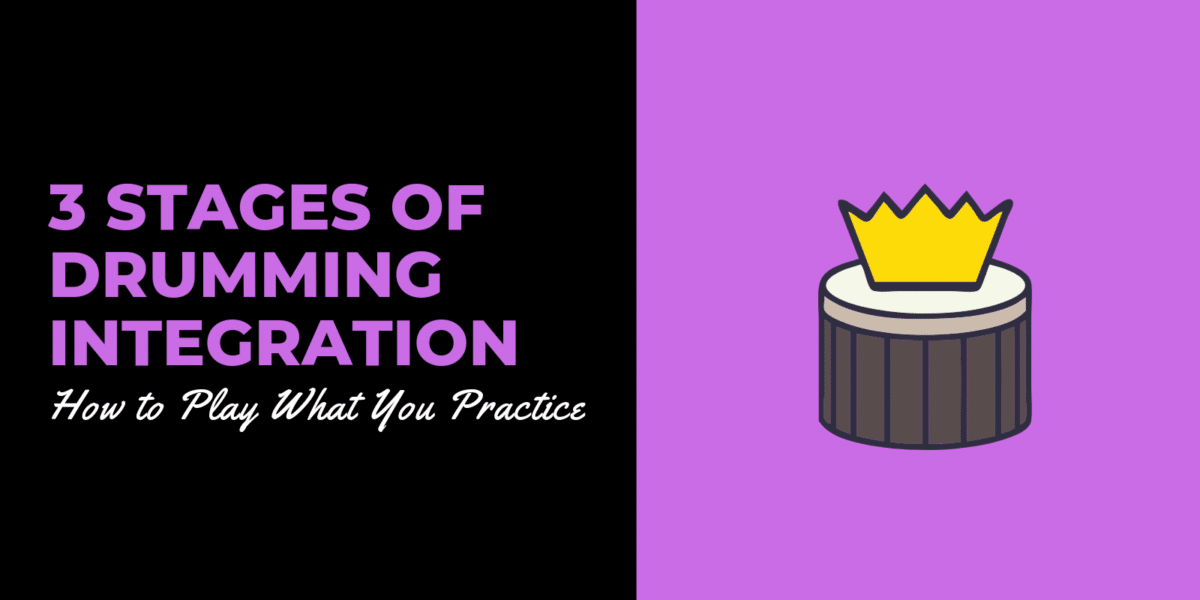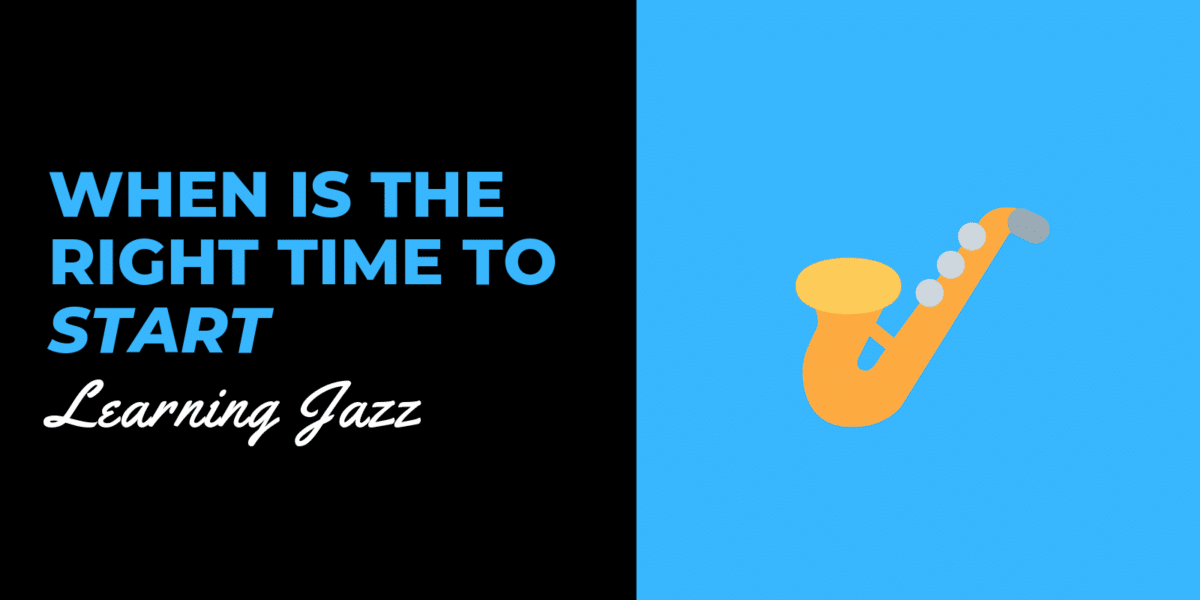All musicians need material to practice with. For drummers, one of the best sources of practice material are drum method books. These method books contain exercises, patterns, and strings of notes aimed at improving drumming ability.
However, there are thousands of drum books to choose from. With more coming every year, how does a drummer know which ones to pick?
Books that Stand the Test of Time
Written in 1876 by Mark Twain, the novel Tom Sawyer is considered a classic novel. As far as classic novels go, that’s not very old, however people still read it today. At over 140 years old, Tom Sawyer has stood the test of time.
Modern drumset playing is a slightly younger than Tom Sawyer, but nonetheless has its share of classic books. Any professional drummer will tell you that they have spent some time in the pages of a few common ones. Below are the drum method books that I personally believe should be a staple for every drummer:
 Syncopation – Ted Reed
Syncopation – Ted Reed
An obvious first choice for drum method books is Progressive Steps to Syncopation by Ted Reed. I would assume that many drummers would also put this at the top of their list. Syncopation is one of the most versatile and simple drum books available.
This is my desert island book.
At first glance, Syncopation appears to be a simple snare drum reading book. It begins with beginner level reading and progresses its way to more advanced rhythms, syncopation, and accents. Overall, the beauty of Syncopation is its simplicity.
As one of the very first drum books I owned, I have applied this book to nearly every style, and I still use it today. A hallmark of a classic method book is its versatility for multiple styles and use cases. For myself, the heart and soul of Syncopation are the 8th note reading examples found in the middle. What really shines is how musical these rhythms sound. It’s almost as if they were composed with each page having a life of its own.
 Modern Reading Text in 4/4 – Louie Bellson and Gil Breines
Modern Reading Text in 4/4 – Louie Bellson and Gil Breines
If you’re a fan of Syncopation, I would suggest that you check out Modern Reading Text in 4/4. It’s like Syncopation but on steroids.
Overall, this book is very similar to Syncopation, however the reading difficulty is increased. I would describe the rhythms in the book as less musical, but a real test for your reading skill. This book also features an expanded 16th note reading section that goes very in depth.
Modern Reading Text features plenty of rests, ties, and strange reading situations that will make you look twice. As much as I love Syncopation, I think an intermediate drummer would get more value out of Modern Reading Text in 4/4 as it provides more of a challenge.
As a bonus for those interested in exploring odd times, Louie Bellson and Gil Breines also wrote a follow-up book titled Odd Time Reading Text, which is worth checking out.
 The New Breed – Gary Chester
The New Breed – Gary Chester
If you haven’t gathered by now, I consider rhythm reading to be an essential practice tool. The ability to read rhythms is so important due to its versatility and how it helps develop coordination and independence.
Learn to read music and you’ll have practice material for life.
When it comes to reading 16th notes, The New Breed by Gary Chester is unparalleled. The reading found inside the previous two books tend to lean towards the swing and jazz style, while The New Breed contains material that can help increase your rock and funk skills.
The New Breed covers every 16th note reading pattern you’ll ever come across in a progressive manner. Personally, I often use it to develop my bass drum skill and accuracy. Inside the book, Chester lays out a massive list of different patterns that can be applied over top of the rhythms inside the book. Used properly, The New Breed is a drummer’s best friend.
 Stick Control – George Lawrence Stone
Stick Control – George Lawrence Stone
Probably considered the most popular choice for drummers, Stick Control For the Snare Drummer by George Lawrence Stone is another classic. In my opinion, the reason for the book’s success lies in its first three pages. It’s here that you’ll explore one of the most essential tools for drummers: stickings.
This drum method book is a fairly simple collection of lefts, rights, rolls and flams in various patterns and rhythms. As with all of the books mentioned so far, drummers will need to be creative in how they use what’s contained in the book. However, the applications are limitless, and getting control of stickings is important.
While Stick Control is not directly related to rudimental drumming, those interested in developing their snare chops will certainly want to explore the book as well.
 Master Studies – Joe Morello
Master Studies – Joe Morello
Stick Control is a must have, but for those looking to take snare concepts to the next level, Master Studies by Joe Morello is the way to go. Joe Morello was considered to be one of the world’s top drum educators and was highly sought after for his snare technique. Morello studied under George Lawrence Stone and the material found in Master Studies is a continuation on what can be found inside Stick Control.
For drummers who are on the search for beastly snare drum chops, all the material you’ll ever need is found inside Master Studies. It contains plenty of similar material to Stick Control, but fills in a lot of the guesswork for how to apply it. There is also an expanded accent section, which I consider to be another essential technique for drummers. If you’re on the search for some good warmups, Master Studies also provides some great options. Those who have tried the Stone Killer will know.
 Future Sounds – David Garibaldi
Future Sounds – David Garibaldi
If you want to develop your funk and ghost note chops, look no further than Future Sounds. Written by the master of groove himself, David Garibaldi, Future Sounds features a ton of ways to develop a groove and pocket so deep it could sink a ship.
Much of the material found in Future Sounds is a collection of drum grooves that can be used to develop dynamic control and coordination. A lot of the grooves are linear in nature and are a continuation upon what is found in Stick Control and Master Studies, however the information is laid out in a more familiar format as it’s now played on the drums themselves.
Through variations on stickings, accents, and coordination, the material found in Future Sounds will turn any drummer into a funk machine. As a bonus, it’s also a very fun and challenging book to play through.
 The Art Of Bop Drumming – John Riley
The Art Of Bop Drumming – John Riley
The heart and soul of jazz drumming can be found inside the pages of Syncopation, however it requires a bit of guidance to apply correctly. Some drummers may wish for a more direct approach to jazz studies. This is where John Riley’s The Art of Bop Drumming comes in.
Solely written for those drummers moving to the world of jazz and bebop, The Art of Bop Drumming is a great collection of exercises and techniques found in the style. As we all know, jazz drumming isn’t easy, but this book can help ease you into it.
The Author, John Riley, is one of the world’s top educators and an absolute monster drummer on his own. Riley’s take on the subject is considered by many to be the essential tool for understanding the complex world of jazz drumming.
With plenty of recorded examples as well as play-alongs, The Art of Bop covers everything from coordination, to chart reading and small group playing. I personally used this book quite a bit when I was first trying to understand jazz playing and I can attest to how helpful the pages inside can be.
For those looking for even more jazz material, John Riley has a follow-up book titled Beyond Bop Drumming.
 The Jazz Drummer’s Reading Workbook – Tom Morgan
The Jazz Drummer’s Reading Workbook – Tom Morgan
Many drummers may not have heard of this book, but The Jazz Drummer’s Reading Workbook by Tom Morgan is by far the best big band drumming method book I have ever used. As a bonus, if you use the included play along tracks, it’s also the most fun book to play through.
The Jazz Drummer’s Reading Workbook is a collection of various big band charts and reading examples. Going through the book is an excellent way to work on setups and chart reading as it lays everything down in a simple to understand progression. All of the material found in the book is backed up with drum-less tracks that can be played along with. if you can’t think of any ideas, the same examples can be heard with drums played by Tom Morgan himself.
I was first introduced to this book when I attended the University of North Texas. I was fairly new to big band and didn’t understand how to approach chart reading and setups. This book was an extremely helpful resource and was an integral part of me landing the gig with the One O’Clock Lab Band.
 14 Modern Concert Solos: For Snare Drum – John S. Pratt
14 Modern Concert Solos: For Snare Drum – John S. Pratt
This choice might be slightly controversial, but 14 modern Concert Solos: For Snare Drum by John S. Pratt is one of the best books for rudimental development that I have ever used. The book features 14 snare solos that are sure to test your snare technique.
14 Modern Concert Solos is slightly more advanced and should only be used by drummer’s that have a good grasp over the PAS 40 rudiments as well as some decent reading chops. Each solo varies in difficulty level, but all of them are a challenge to bring up to the requested speed.
In my opinion, grabbing a snare drum solo book is a fantastic way to develop your hand technique. All of the rudiments will be covered, and it has the added bonus of providing you with a clear beginning and end to your practice. Practicing material from other method books can sometimes seem endless, but a snare solo has an actual ending. You can always play the snare solo better, but having a clear beginning and end gives a feeling of completion. Sometimes this can relieve some of the mental stress associated with practice.
More solos can be found inside Charley Wilcoxin’s The All American Drummer, among many others.
 Basic Drumming – Joel Rothman
Basic Drumming – Joel Rothman
My last choice of essential books for drummers is Basic Drumming by Joel Rothman, or the “big pink book” as many young students call it. This book is a massive collection of so many concepts that it’s pretty incredible what Joel was able to fit inside.
Basic Drumming covers an impressive amount of topics from reading, to stickings, rudiments, independence, and basic grooves and patterns.
This book might not be as useful for those at an intermediate to advanced level, but it is an excellent tool for teaching young students. All of the concepts discussed can be covered in greater detail through all of the books previously mentioned, however Basic Drumming has the advantage of having everything in one place, which is why I have included it in this list.
If you are a drumming instructor, Basic Drumming is an excellent source of teaching material that can prep your students for later success. It is also a great starting point for those looking to begin playing drums.
Honorable Mention
With so many great drum book options available, it was tough to pick only 10 favorites. In the end, I decided to go with the books that had the biggest impact on me and my drumming development. By no means are these the 10 absolute best books for every scenario though.
Below is a list of books that I have used that are also incredible resources:
Advanced Funk Studies – Rick Latham
An excellent collection of funk grooves that includes many linear examples.
Afro-Cuban Rhythms for Drumset – Frank Malabe and Bob Weiner
World music is a massive topic to cover. No single book will be able to handle every style perfectly. However, Afro-Cuban Rhythms is an excellent resource that covers a lot of world styles and topics in great detail. If you’re exploring Afro-Cuban drumming and music, this is an excellent starting point.
4-Way Coordination – Marvin Dahlgren and Elliot Fine
Drummers know how difficult coordination and independence can be. However, proper coordination is extremely important for progress. 4-Way Coordination is most certainly a classic book, and is an excellent way to get all four of your limbs moving independently from each other.
Four Volume Patterns Series – Gary Chaffee
The Patterns Series by Gary Chaffee is actually four separate books:
Each book in the series is a journey through an advanced understanding of time, meter, and coordination with all methods developed by Gary Chaffee himself. The pages of these books have helped out countless drummers and appears to be the source of power for a lot of today’s chop masters.
Realistic Rock – Carmine Appice
I’ve actually never used this book, but I figured I’d probably get punched in the face if I didn’t give it a shout out. Much like Basic Drumming, Realistic Rock appears to be an excellent jumping off point for those beginner drummers as its rock-centered focus helps build essential fundamentals. There is also some double bass action in it.
And that’s my list. What are your favorite drum method books? Did I leave something out? Let me know below!









Always liked Joel rothmans Rock n roll bible. And even in the odds. Ralph humphrey